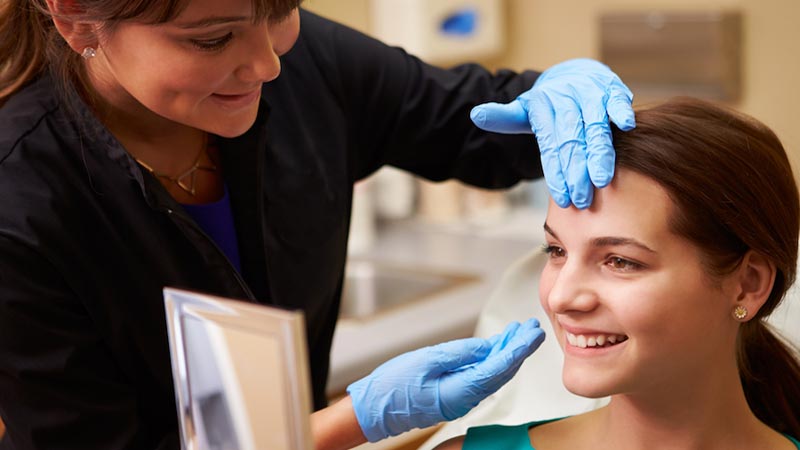Fake tan has come a long way since orange palms and streaky ankles (well for most people!) but is our desire for the year-round ultimate sun-free tan actually safe?
The most common ingredient in fake tanners is called dihydroxyacetone (DHA) which is a colour additive that binds to dead skin cells and changes the colour of the skin. As the dead skin cells come off, so does the fake tan.
DHA is regulated as a safe chemical as long as it only touches the skin. It is when ingested that it can be harmful. A study at the School of Public Health and Health Services at George Washington University, USA showed that DHA may cause mutations or changes to the DNA structure in our living cells. The current concerns are not so much the chemical reaction on the skin when ‘tanning’ but if the DHA from the tanning product is ingested how this could affect our lungs and other organs. So, if you’re faking it at the salon, you may be breathing in DHA through your nose and mouth.
The Food and Drug Administration (FDA) in the USA has approved DHA in traditional self-tanning creams and lotions but states that sprays containing DHA have not been approved, due to a lack of data confirming their safety. These recommendations echo a report in 2010 from the Danish Toxicology Centre, which advised using nose filters and eye protection in tanning booths.
However according to the European Commission’s independent scientific committee, which oversees the safety of cosmetic ingredients in Europe, believe that DHA is safe to use in cosmetic products.





